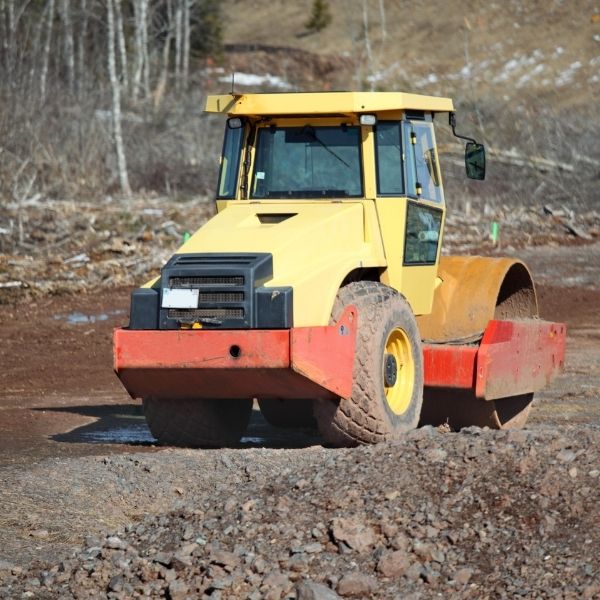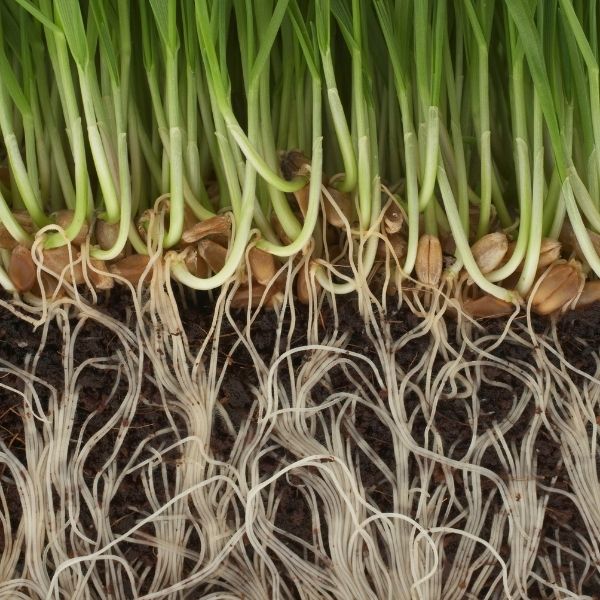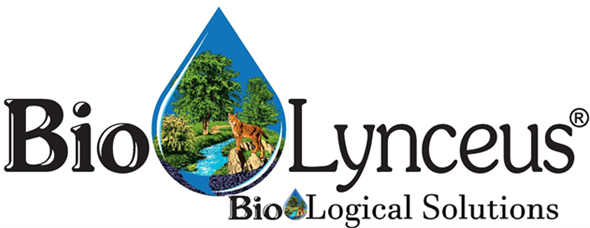- Saves time and money.
- Increased soil fertility.
- Increased biological activity in soil with simultaneous increase in release of nutrients already present but previously locked away in inorganic chemical compounds or crop residue.
- Decreased compaction from equipment and/or foot traffic.

- Loosens heavy clay soils.
- Higher germination percentages and the production of stronger seedlings.
- Decreased disease pressure due to the production of biological antagonists to disease organisms.
- Reduce the need for fungicides and herbicides.
- Sequestering of salts in the soil.
- Promotes healthier root zones.

- Reduced weed pressure due to improved nutrient balance, reduction of aerobic decomposition, and improved oxygen-carbon dioxide levels in the soil.
- Increased speed of breakdown of biodegradable chemicals in soil.
- Better use of available moisture or less capital outlay for irrigation water.
- Less capital outlay for landscape protection chemicals.
- A safer, less polluted environment.
- Save water by improving water penetration and root zone development.
- Stronger, sturdier, hardier grass and plants.
- Improve water quality and aesthetics in ponds and lakes.

- Reduce noxious odors in lakes and ponds.
- Reduce algae and the effects of algae on fish and water quality.
